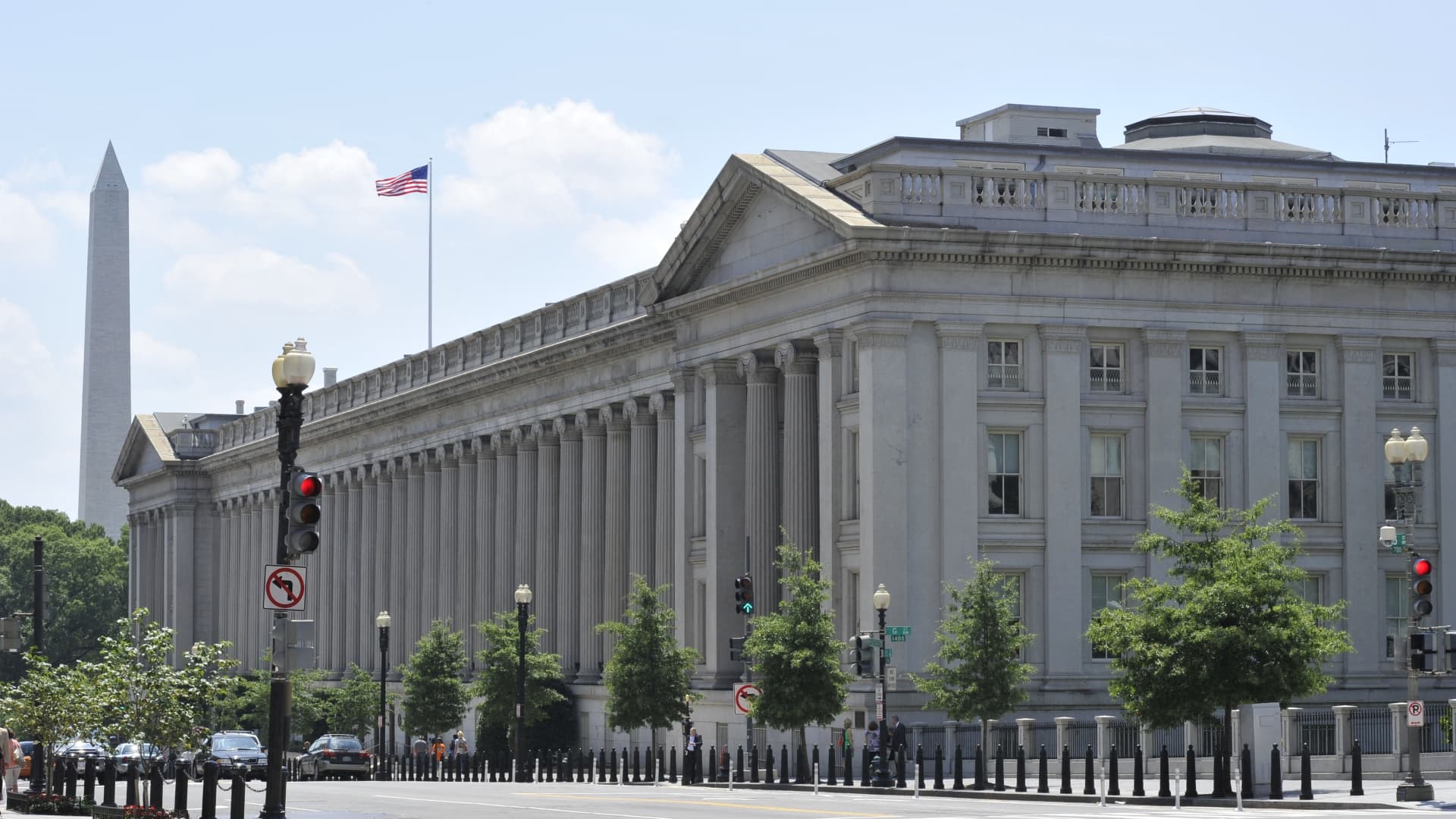There’s the money shot for what I alluded to last week:
If Moody’s changes the U.S.’s actual credit rating, rather than just its outlook, the government may be unable to borrow as much money, or would have to accept a less desirable interest rate.
I don’t get it. Economics is not my strong suit. Can you explain it to a layperson? I’m not really interested in reading CNBC’s doomer prognostications.
Hot take: If you don’t know anything about economics, then you’re already ahead of most people who’ve studied economics in college, because they largely teach junk economics in the Anglosphere and Europe.
I don’t have a tl;dr for this one. It would take a pamphlet. But I’ll try tickling some brains at least.
Moody’s rating of US credit (in US dollars) is bullshit, because the US can never run out of US dollars. If you don’t believe a random YouTuber, take it from former Federal Reserve Chairman Alan Greenspan.
CNBC is saying that, because the credit rating has fallen, the Treasury will need to raise interest rates in order to entice rich people to buy Treasury securities, or in other words, to lend their money to the government. But the US government doesn’t need to borrow any money at all, because it can create as much it wants. So this is simply not true.
This leaves us with some questions:
- Why does Moody’s have a credit rating for the US at all?
- Who really controls this rating?
- How do those who control it use it for their own financial & political agendas?
- Why does the US borrow money from rich people when it doesn’t actually need it to pay for things?



